Trade names Noxafil, Posanol MedlinePlus a607036 | AHFS/Drugs.com Monograph | |
 | ||
License data EU EMA: NoxafilUS FDA: Posaconazole Pregnancycategory AU: B3US: C (Risk not ruled out) Routes ofadministration By mouth (oral suspension, delayed-release tablets), IV | ||
Posaconazole is a triazole antifungal drug. It is marketed in the United States, the European Union, and in other countries by Schering-Plough under the trade name Noxafil. In Canada, posaconazole is marketed by Schering-Plough under the trade name Posanol.
Contents
Medical uses
It is FDA-approved for the prophylaxis of invasive Aspergillus and Candida infections in patients who are at high risk of developing these infections due to being severely immunocompromised, such as HSCT recipients with GVHD or those with hematologic malignancies with prolonged neutropenia from chemotherapy. It is also used for the treatment of oropharyngeal candidiasis (OPC), including OPC refractory to itraconazole and/or fluconazole therapy.
It is also used to treat invasive infections by Candida, Mucor, and Aspergillus species in severely immunocompromised patients.
Clinical evidence for its utility in treatment of invasive disease caused by Fusarium species (fusariosis) is limited.
Mode of action
Posaconazole works by disrupting the close packing of acyl chains of phospholipids, impairing the functions of certain membrane-bound enzyme systems such as ATPase and enzymes of the electron transport system, thus inhibiting growth of the fungi. It does this by blocking the synthesis of ergosterol by inhibiting of the enzyme lanosterol 14α-demethylase and accumulation of methylated sterol precursors. Posaconazole is significantly more potent at inhibiting 14-alpha demethylase than itraconazole.
Microbiology
Posaconazole is active against the following microorganisms:
Pharmacokinetics
Posaconazole is absorbed within three to five hours. It is predominately eliminated through the liver, and has a half-life of about 35 hours. Oral administration of posaconazole taken with a high-fat meal exceeds 90% bioavailability and increases the concentration by four times compared to fasting state.
Research
There is also some indication that posaconazole may be the most effective treatment for both chronic and acute Chagas disease, showing much better efficacy than benznidazole. Schering-Plough is currently recruiting participants for a phase II clinical trial in Argentina to test its efficacy against asymptomatic, chronic Chagas.
